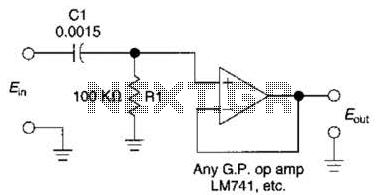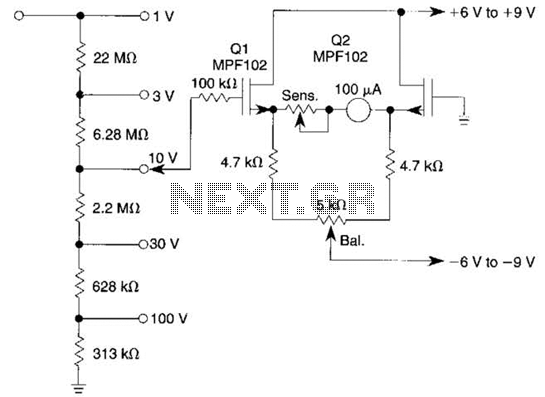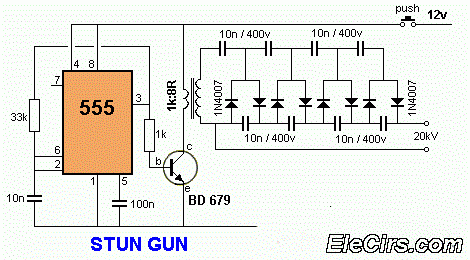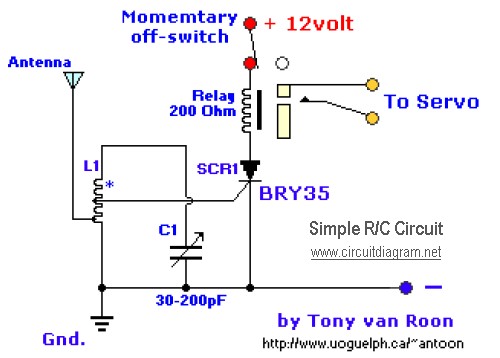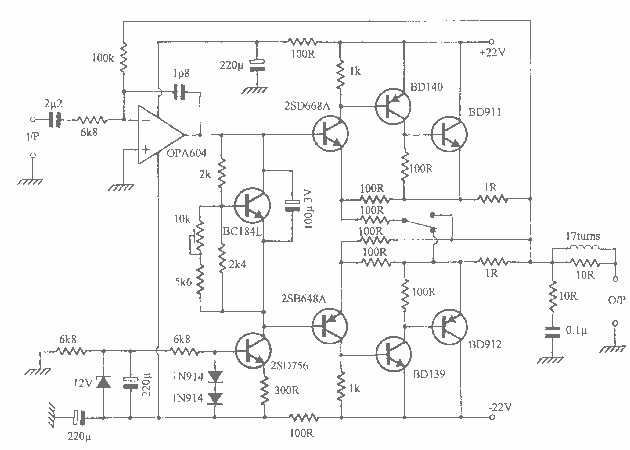
25 Watt Audio Amplifier Circuit
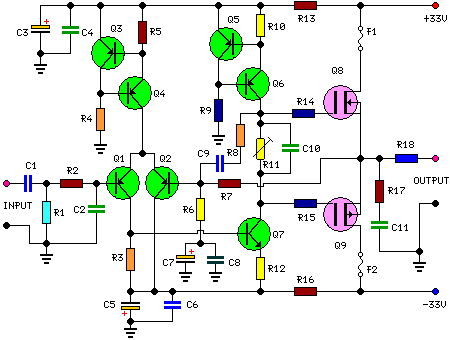
This is a 25 Watt basic power amplifier designed to be relatively easy to build at a reasonable cost. It offers better performance than the standard STK module amplifiers commonly used in nearly all mass-market stereo receivers manufactured today.
The 25 Watt basic power amplifier circuit is structured to provide efficient amplification of audio signals while maintaining simplicity in design. The core of the amplifier typically consists of a differential input stage, a voltage gain stage, and a push-pull output stage, which work together to achieve high fidelity sound reproduction.
The input stage often employs bipolar junction transistors (BJTs) or field-effect transistors (FETs) configured in a differential arrangement to amplify the audio signal while rejecting common-mode noise. This stage is crucial for maintaining the integrity of the audio signal, ensuring minimal distortion as it passes through the amplifier.
Following the input stage, a voltage gain stage amplifies the signal further before it reaches the output stage. This stage may utilize a complementary push-pull configuration, which helps in driving the output transistors efficiently. The output stage is typically designed with transistors that can handle the required power levels, ensuring that the amplifier can deliver 25 Watts of output power to the connected load, usually a speaker.
In addition to the main components, the circuit may include various passive elements such as resistors and capacitors that help to stabilize the amplifier, control biasing, and filter out unwanted frequencies. Feedback loops are often incorporated to enhance linearity and reduce distortion, contributing to the overall performance of the amplifier.
Power supply considerations are also critical in the design of this amplifier. A regulated power supply is preferred to ensure consistent voltage levels, which is essential for maintaining audio quality. The design may accommodate both AC and DC power supplies, with appropriate rectification and filtering stages to provide the necessary DC voltage for the amplifier operation.
Overall, this 25 Watt power amplifier design achieves a balance between performance and cost-effectiveness, making it an appealing choice for audio enthusiasts and hobbyists looking to build their own amplification systems. Its simplicity and improved performance over standard STK modules make it a suitable candidate for various audio applications.This is a 25 Watt basic power amp that was designed to be (relatively) easy to build at a reasonable cost. It has better performance than the standard STK module amps that are used in practically every mass market stereo receiver manufactured today..
🔗 External reference
The 25 Watt basic power amplifier circuit is structured to provide efficient amplification of audio signals while maintaining simplicity in design. The core of the amplifier typically consists of a differential input stage, a voltage gain stage, and a push-pull output stage, which work together to achieve high fidelity sound reproduction.
The input stage often employs bipolar junction transistors (BJTs) or field-effect transistors (FETs) configured in a differential arrangement to amplify the audio signal while rejecting common-mode noise. This stage is crucial for maintaining the integrity of the audio signal, ensuring minimal distortion as it passes through the amplifier.
Following the input stage, a voltage gain stage amplifies the signal further before it reaches the output stage. This stage may utilize a complementary push-pull configuration, which helps in driving the output transistors efficiently. The output stage is typically designed with transistors that can handle the required power levels, ensuring that the amplifier can deliver 25 Watts of output power to the connected load, usually a speaker.
In addition to the main components, the circuit may include various passive elements such as resistors and capacitors that help to stabilize the amplifier, control biasing, and filter out unwanted frequencies. Feedback loops are often incorporated to enhance linearity and reduce distortion, contributing to the overall performance of the amplifier.
Power supply considerations are also critical in the design of this amplifier. A regulated power supply is preferred to ensure consistent voltage levels, which is essential for maintaining audio quality. The design may accommodate both AC and DC power supplies, with appropriate rectification and filtering stages to provide the necessary DC voltage for the amplifier operation.
Overall, this 25 Watt power amplifier design achieves a balance between performance and cost-effectiveness, making it an appealing choice for audio enthusiasts and hobbyists looking to build their own amplification systems. Its simplicity and improved performance over standard STK modules make it a suitable candidate for various audio applications.This is a 25 Watt basic power amp that was designed to be (relatively) easy to build at a reasonable cost. It has better performance than the standard STK module amps that are used in practically every mass market stereo receiver manufactured today..
🔗 External reference
